Welcome to our premier collection of Katana Swords, where the essence of samurai tradition meets unparalleled craftsmanship. Each Katana Sword is meticulously handcrafted by master artisans, ensuring exceptional sharpness, perfect balance, and breathtaking beauty. Designed for both seasoned collectors and passionate enthusiasts, our Katana Swords offer an authentic experience with their exquisite craftsmanship and superior functionality. The intricate details and high-quality materials make these swords a standout addition to any collection, seamlessly blending traditional artistry with modern precision. Explore our collection today and elevate your samurai sword collection with a Katana Sword that truly embodies the spirit and honor of the samurai. Discover your perfect blade and experience the timeless art of Japanese sword making.
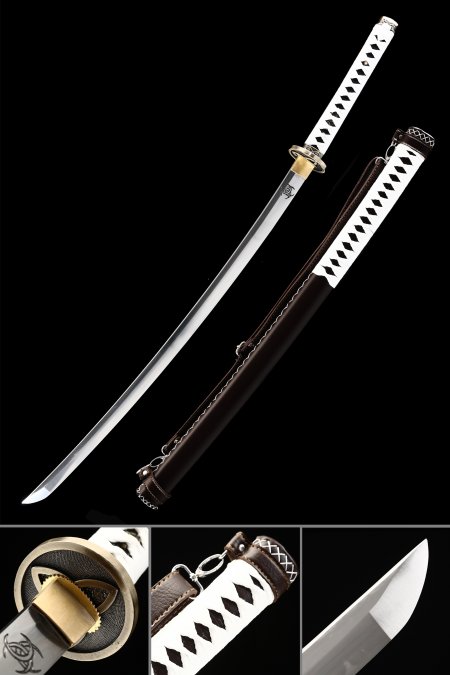
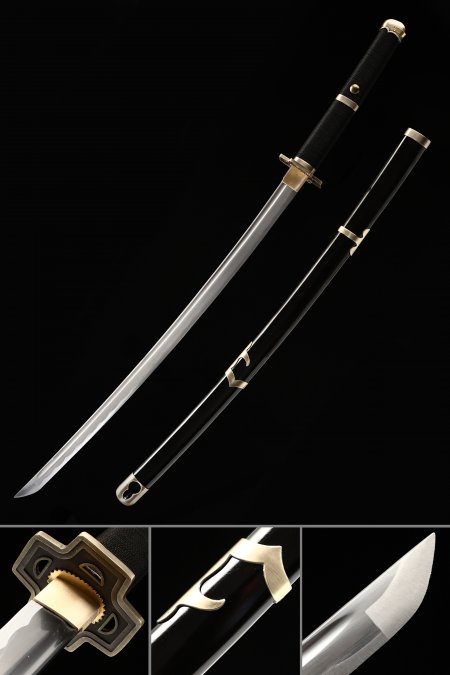
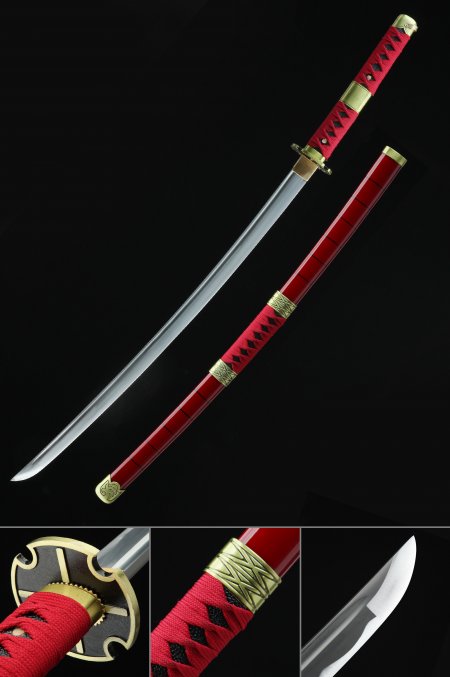
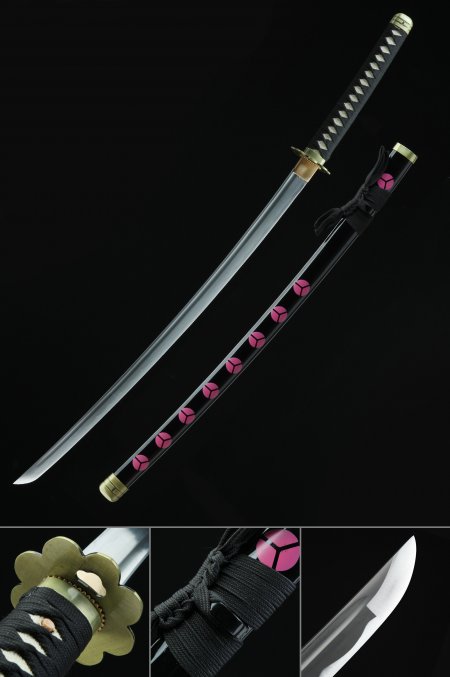
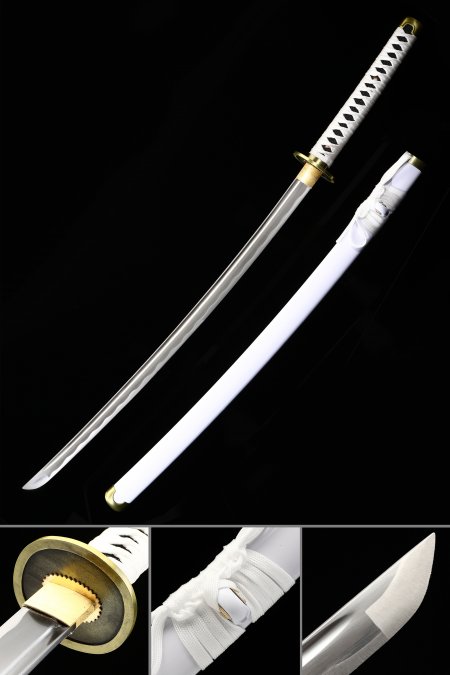
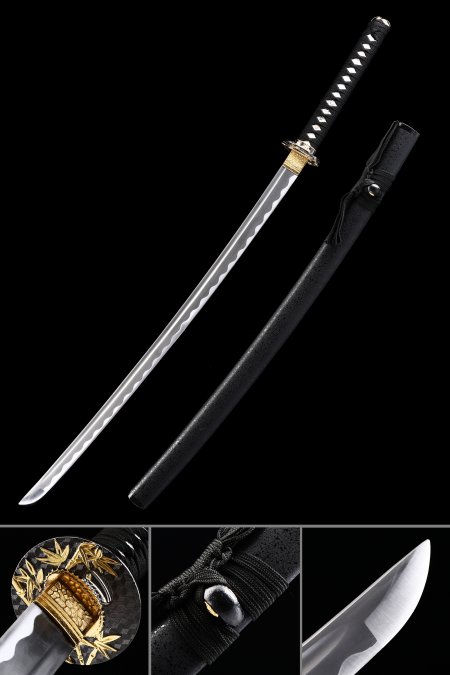
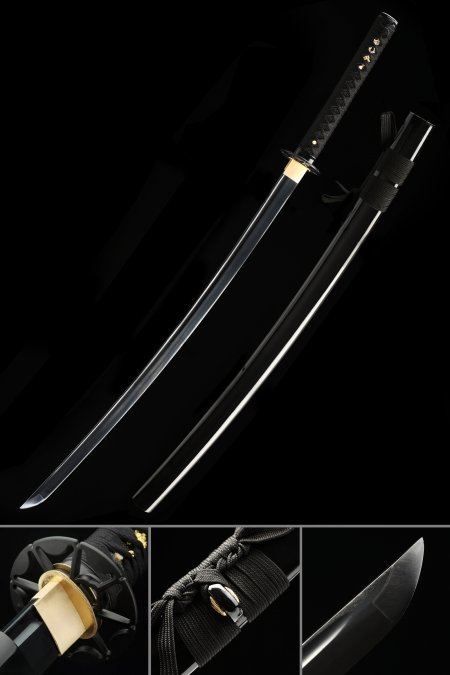
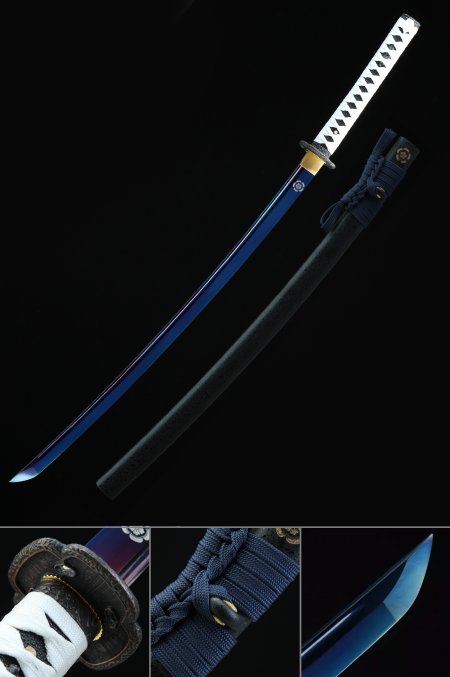

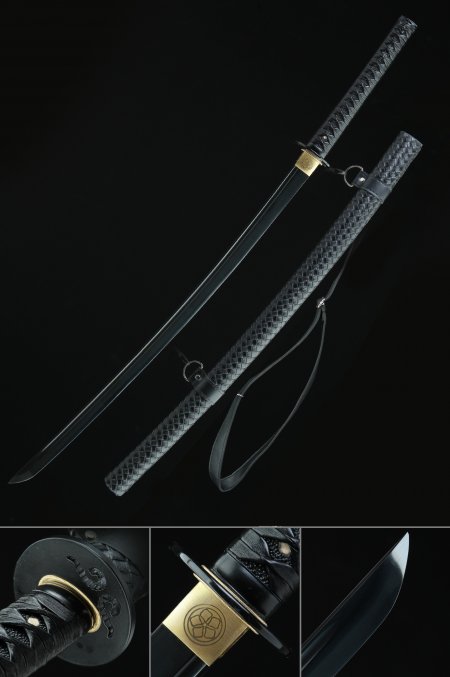
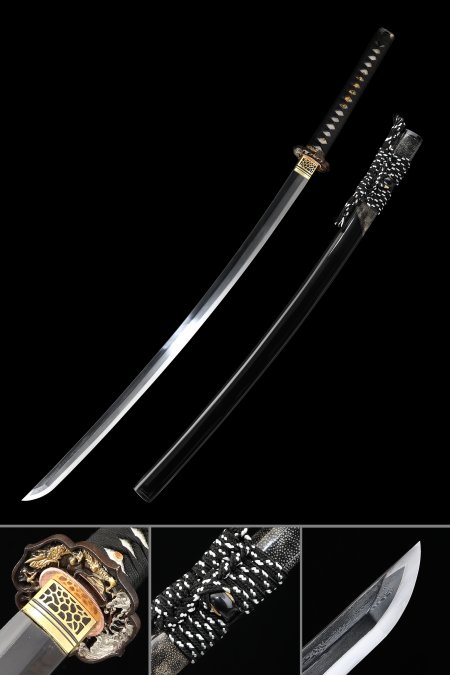
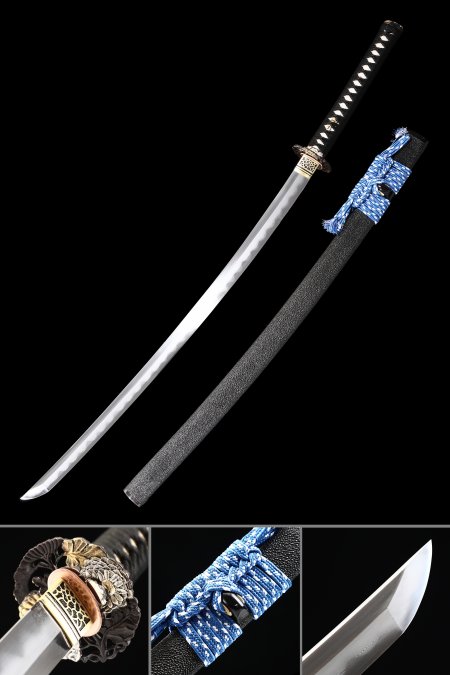
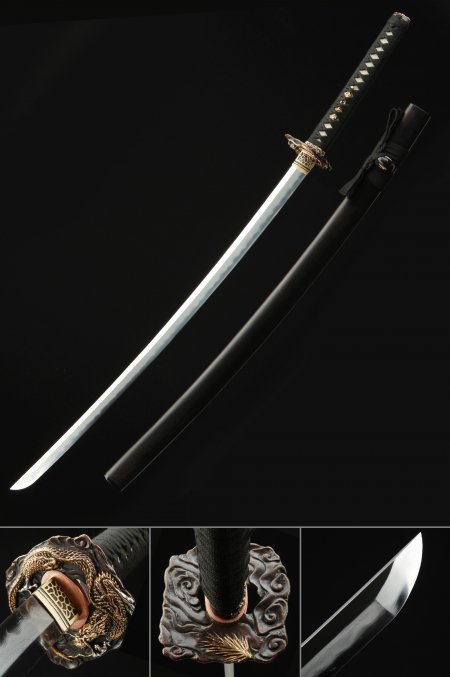
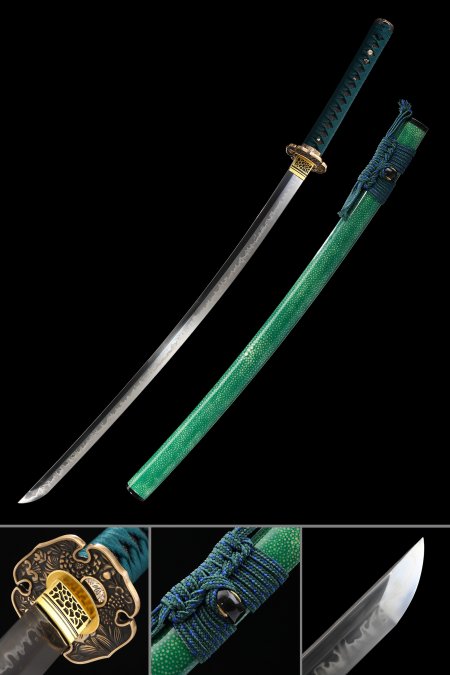
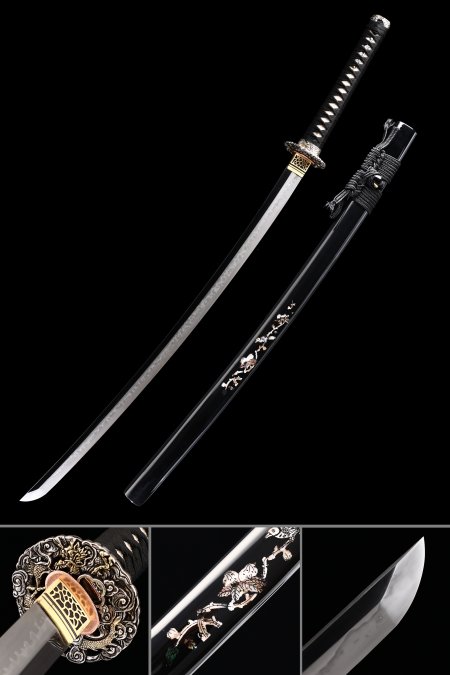
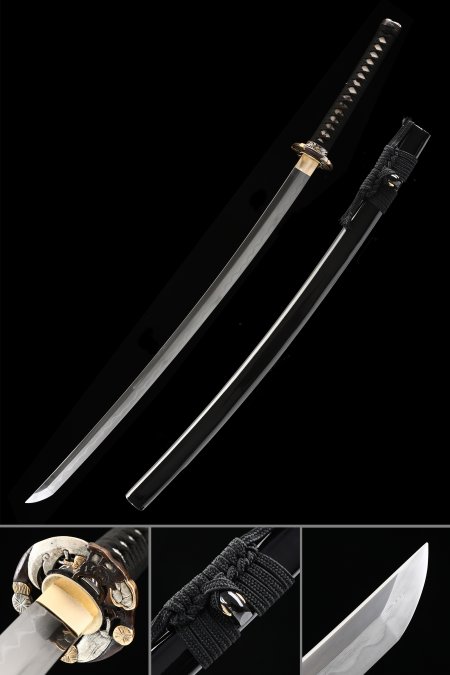
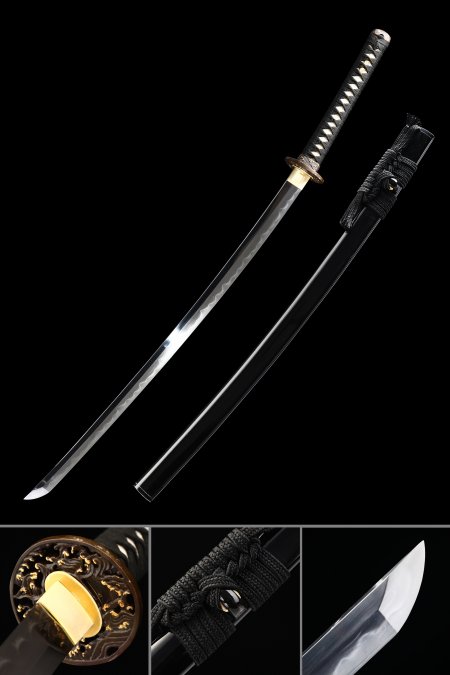
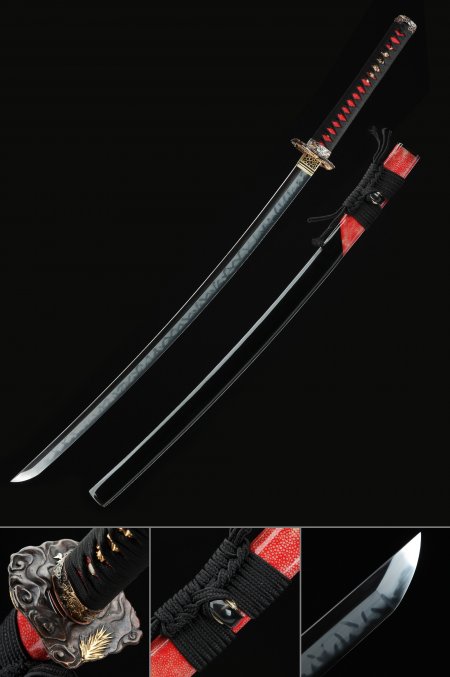
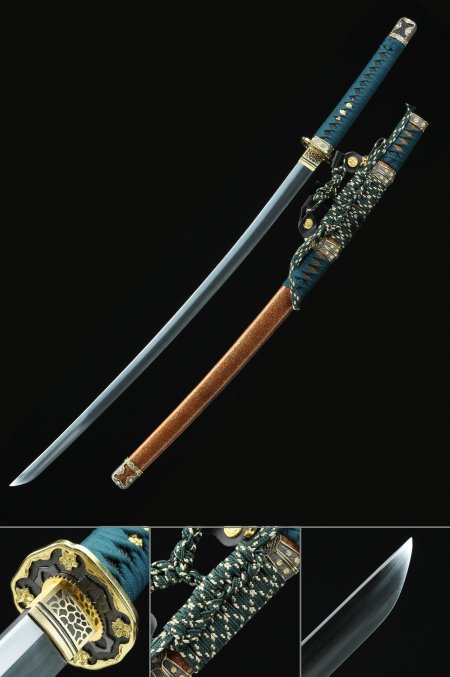
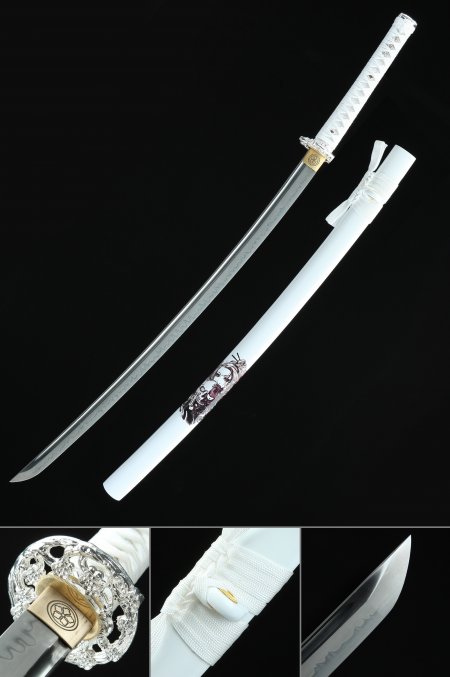
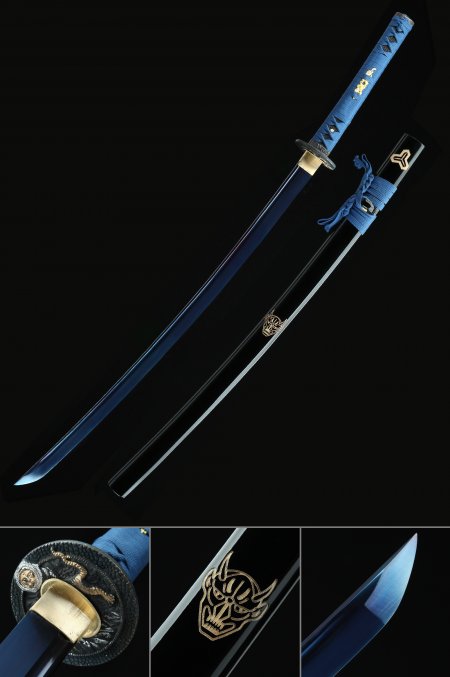
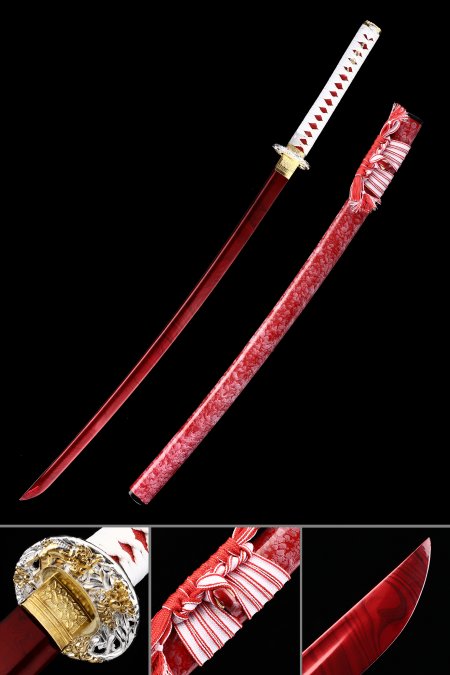
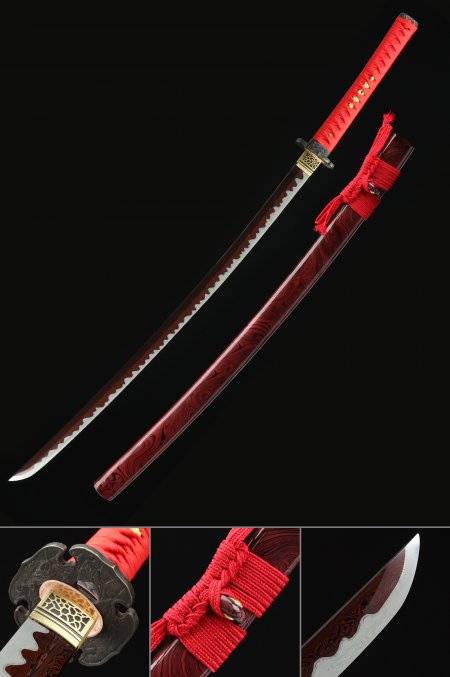
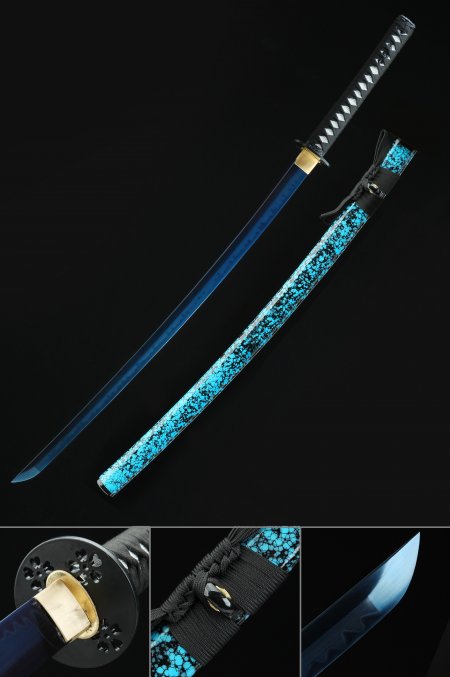
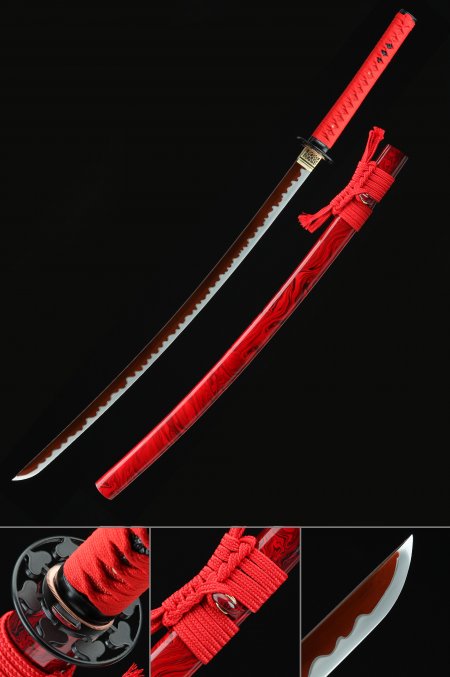
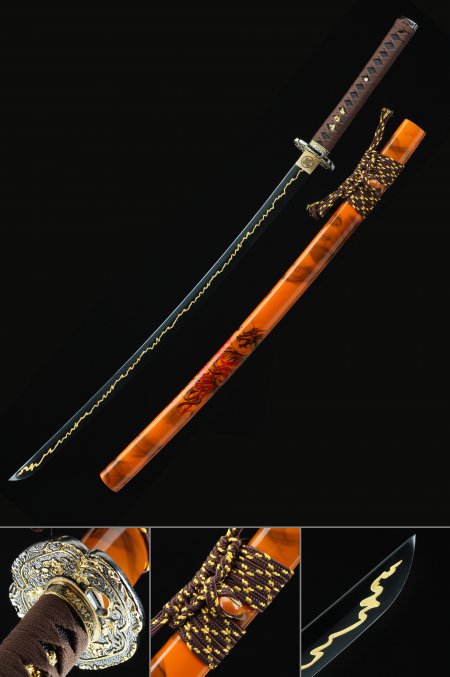
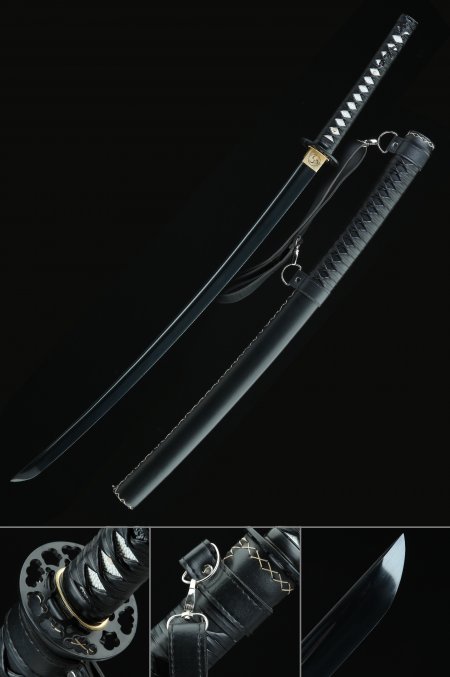

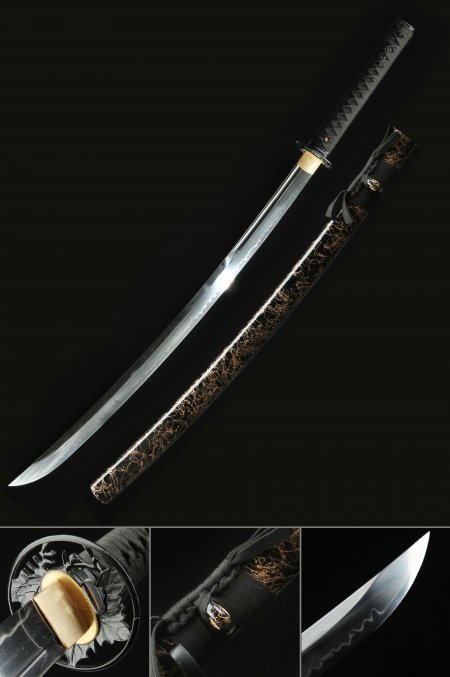
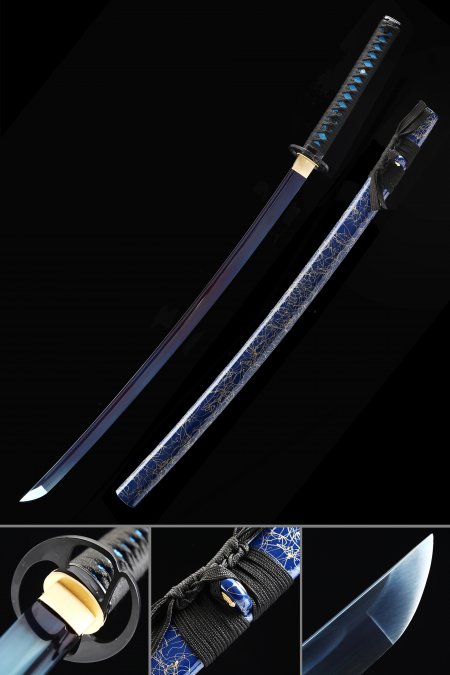
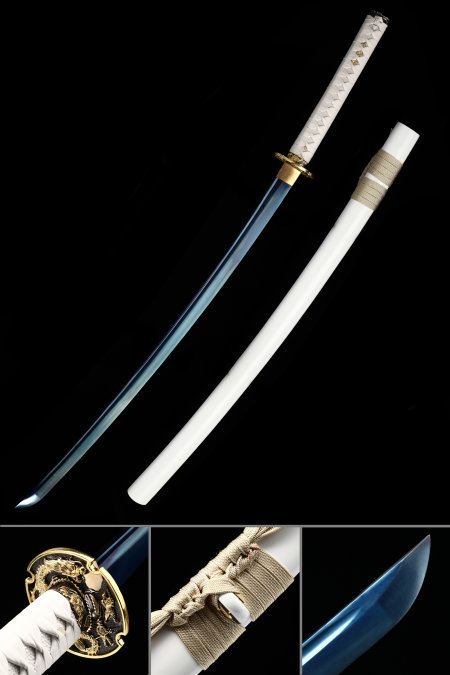
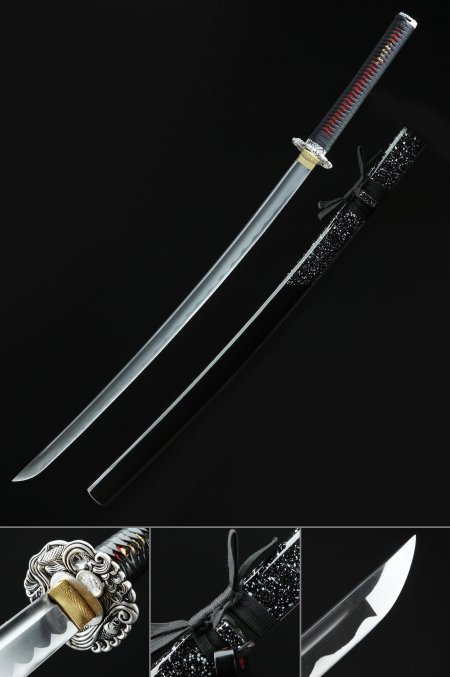
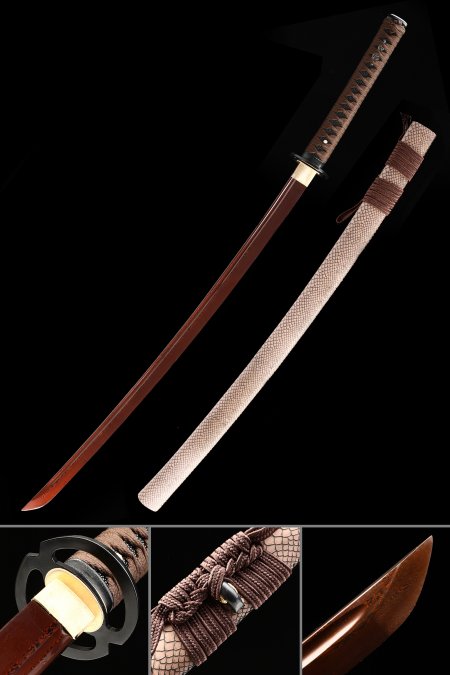
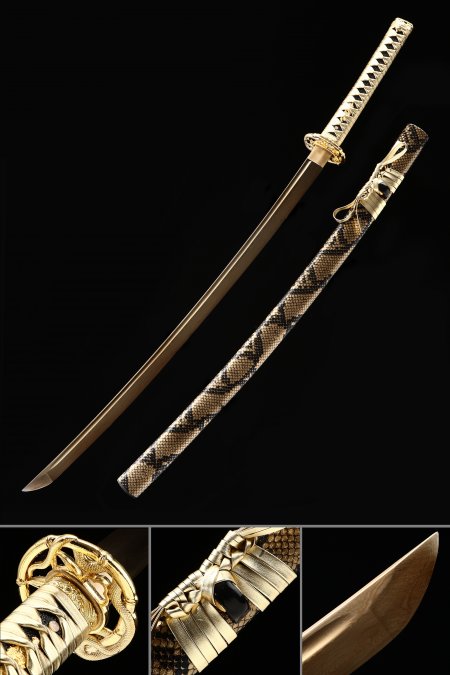
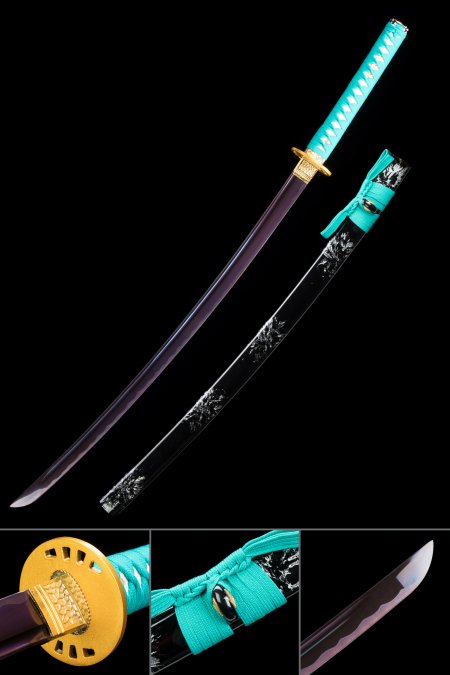
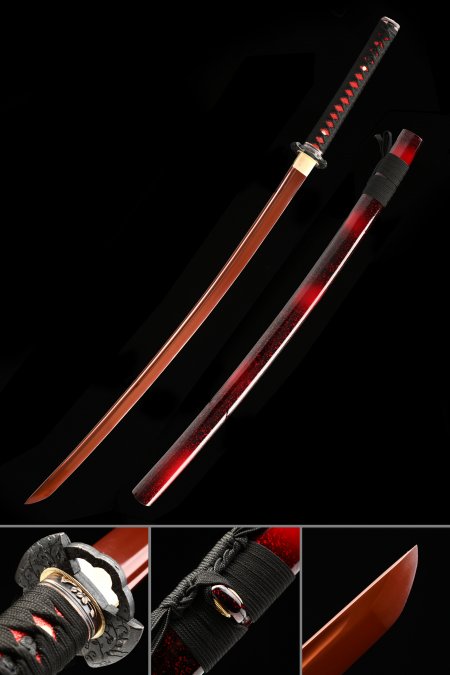
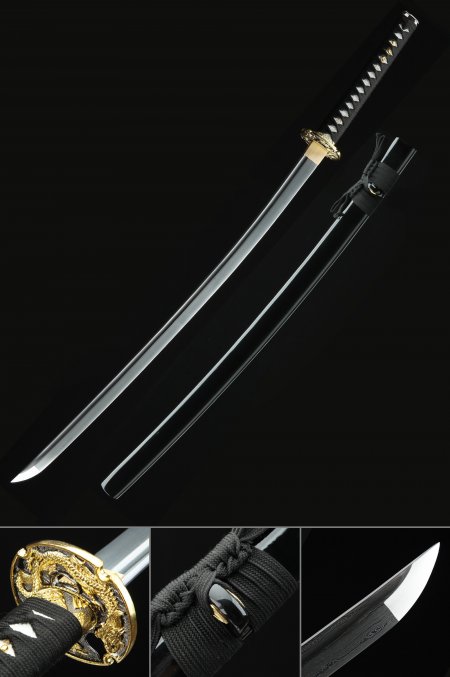
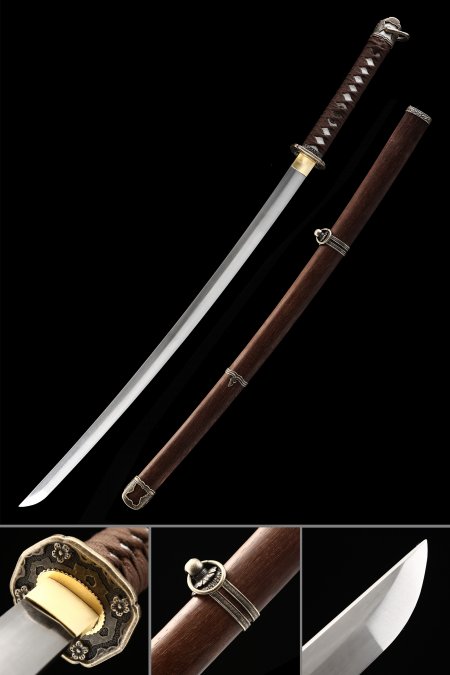
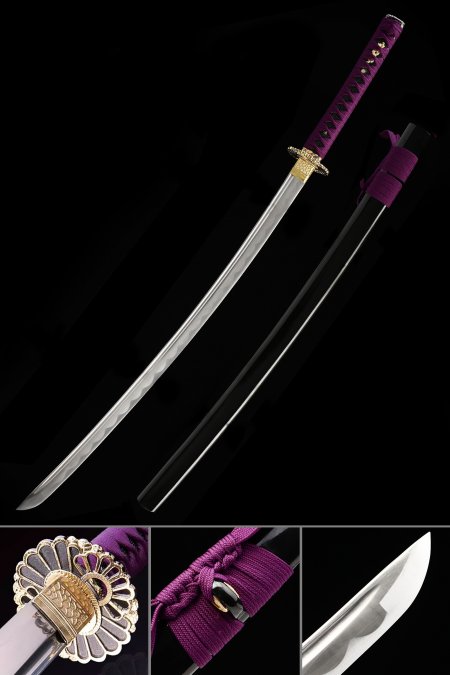

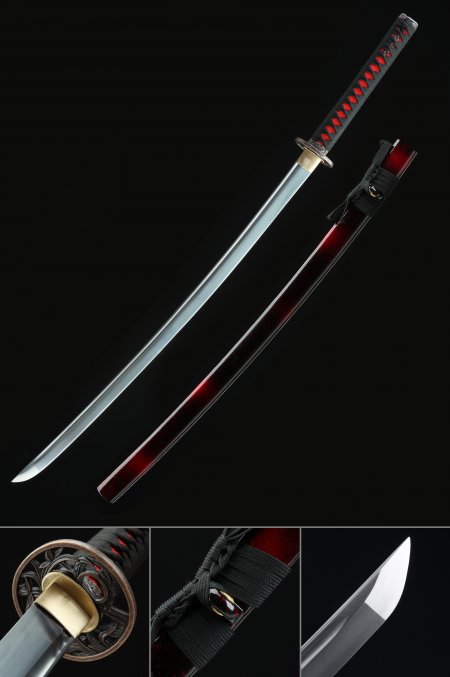
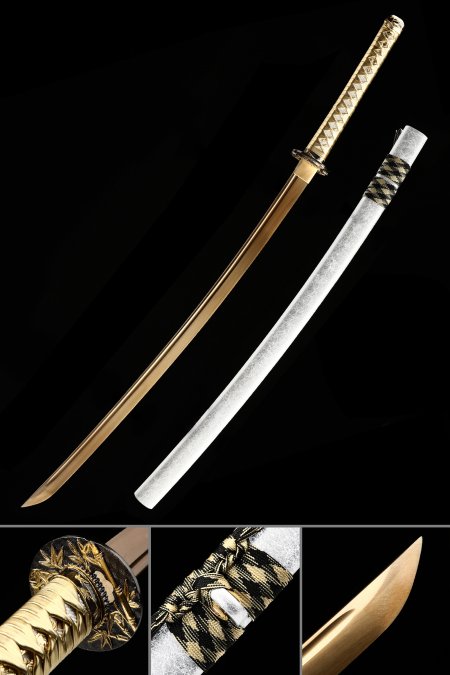
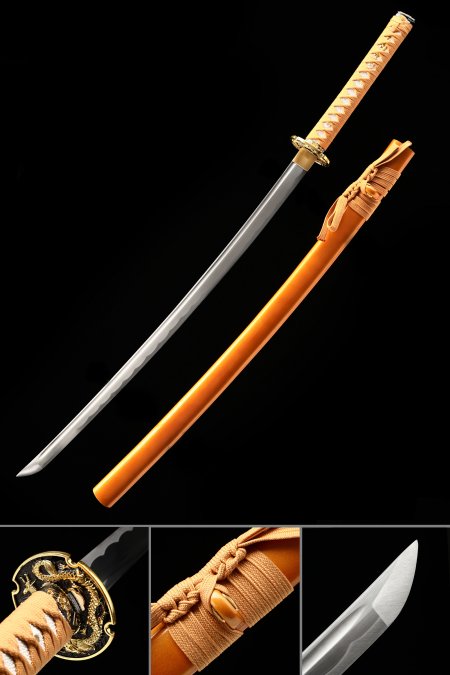
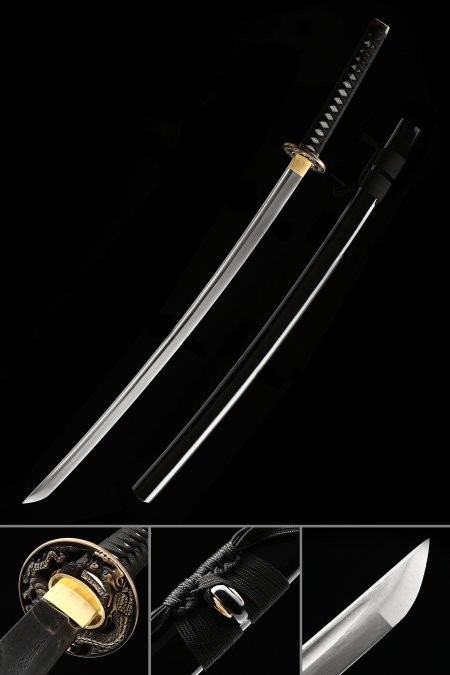
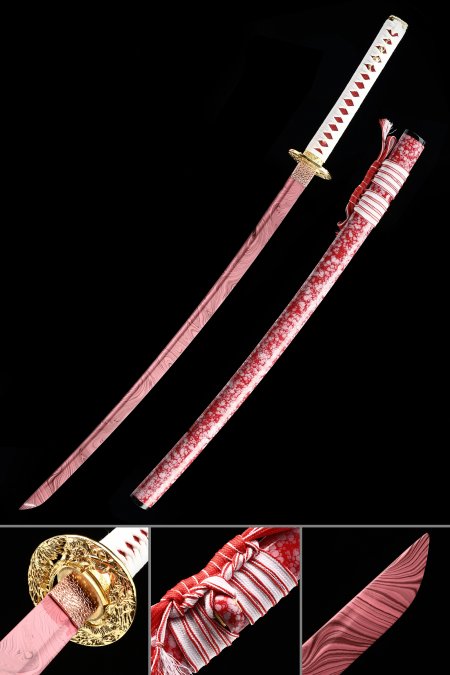
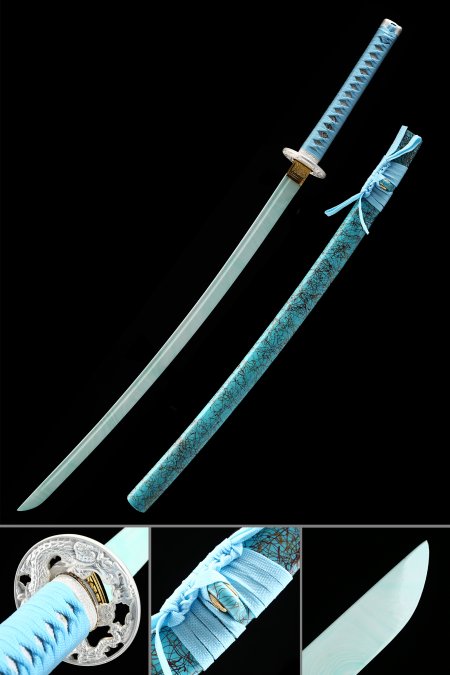
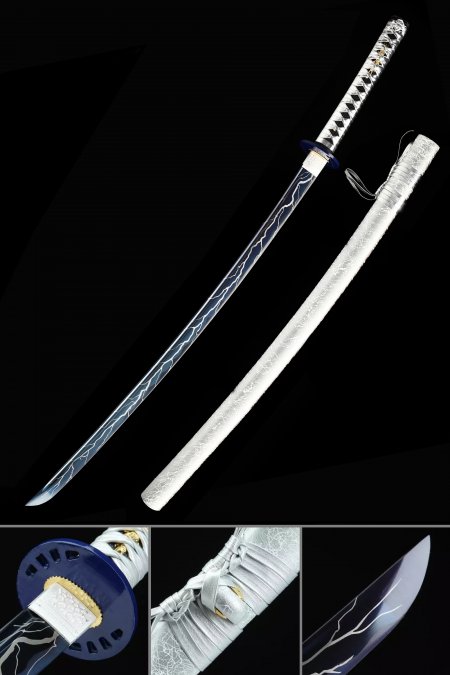

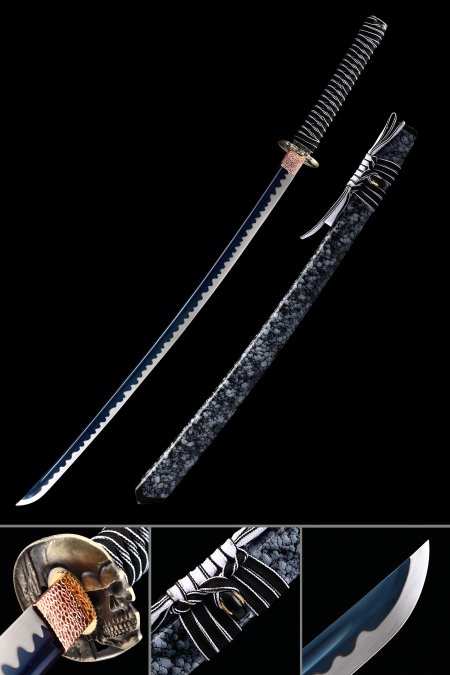
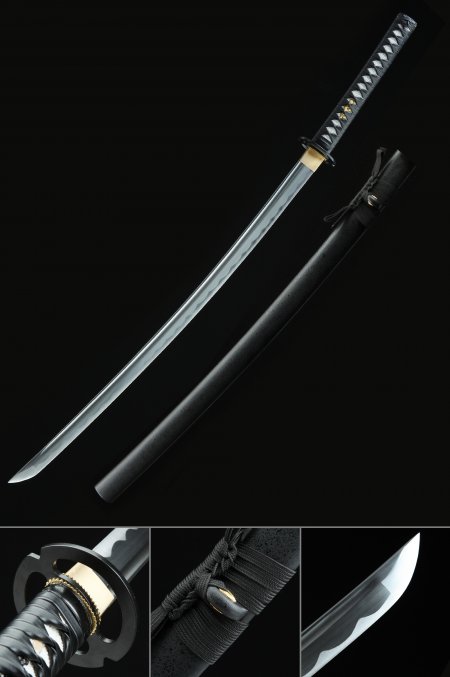

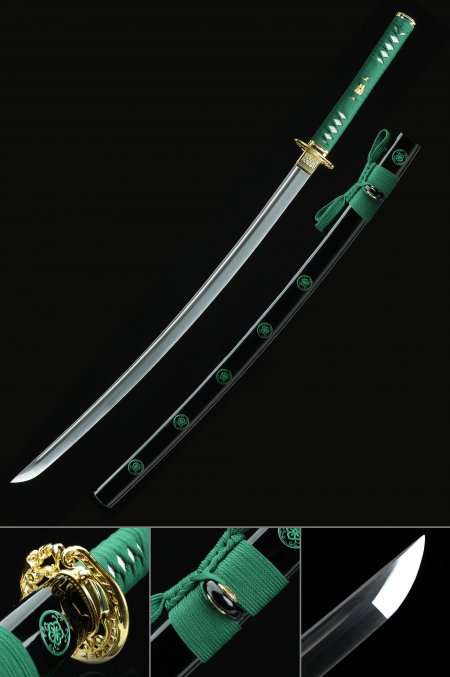
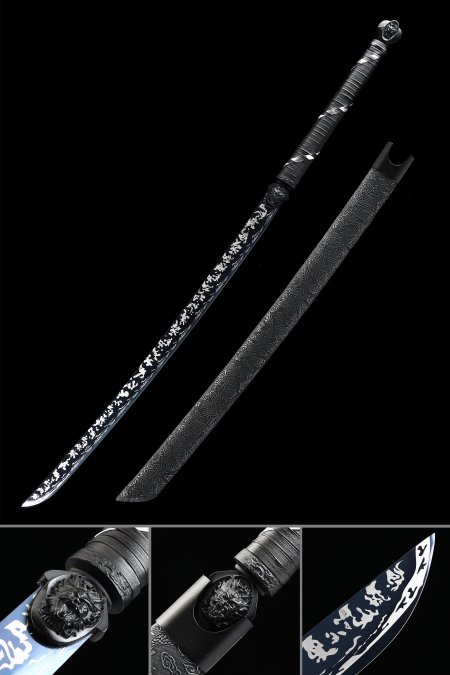
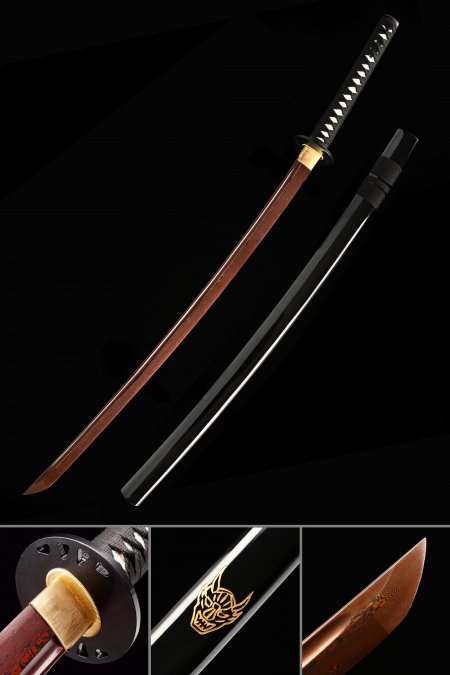
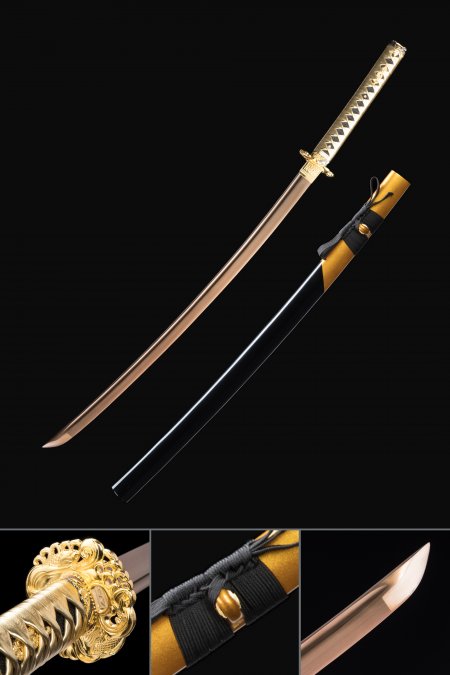
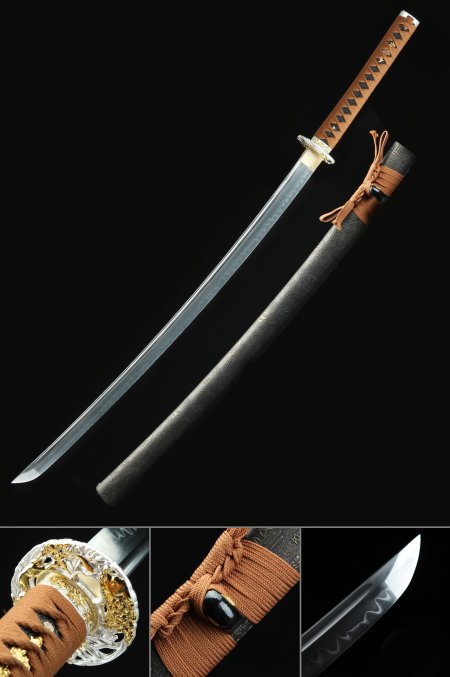
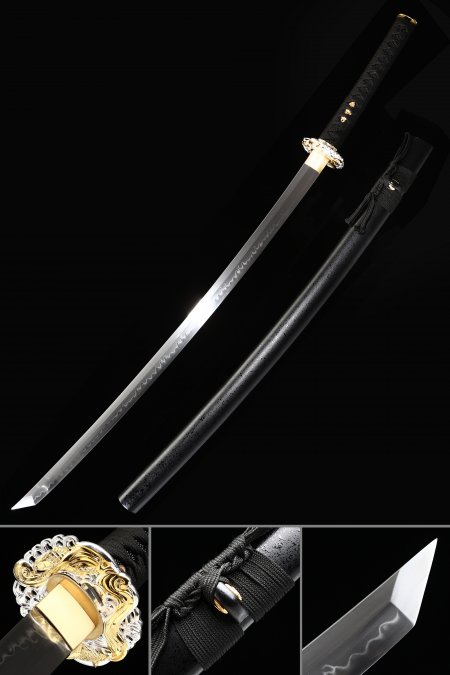
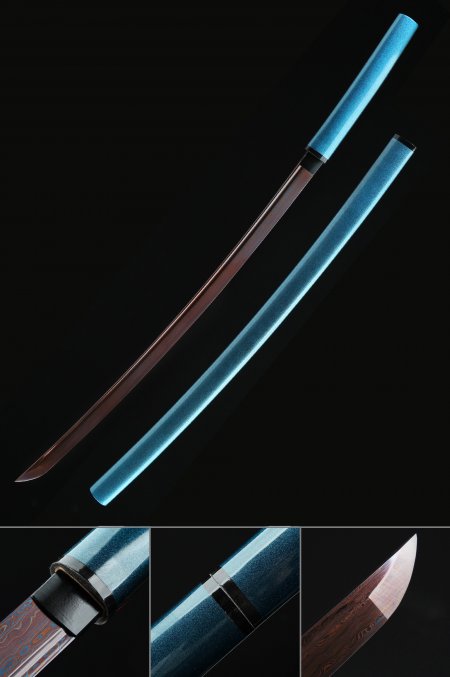
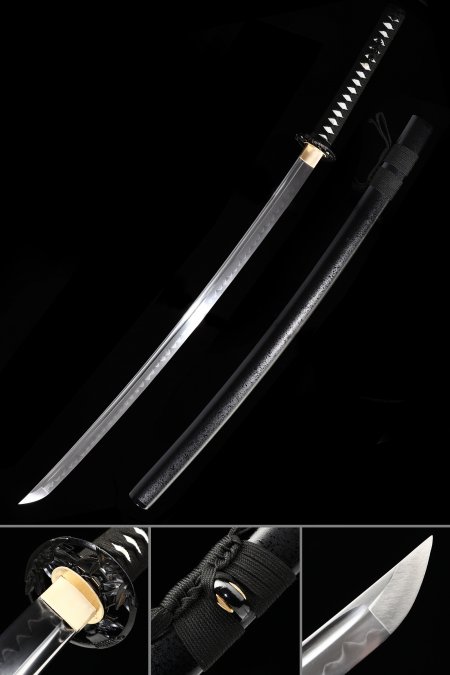
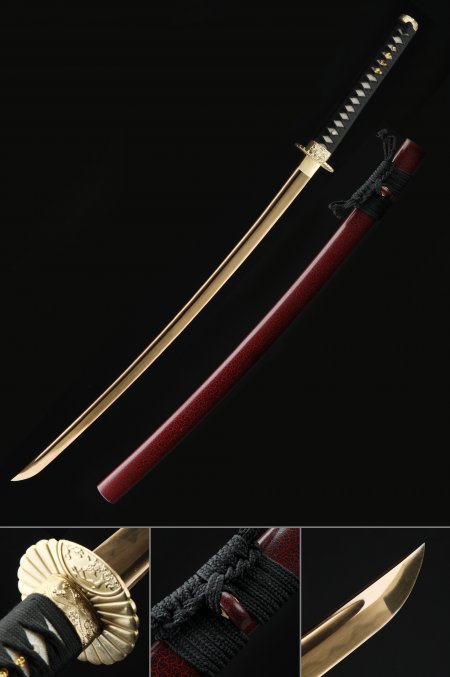
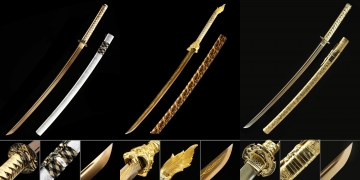
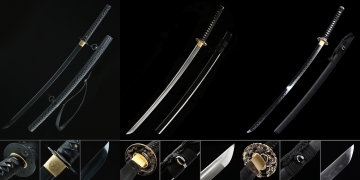
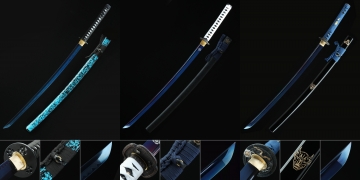
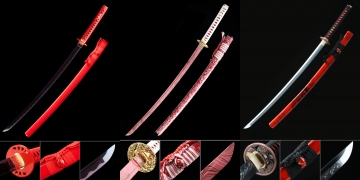

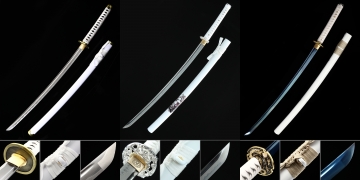
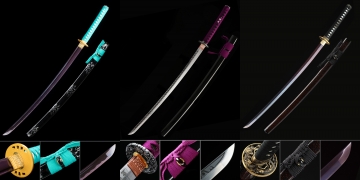
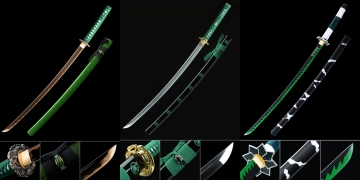
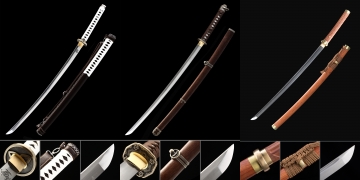
nice sword. was hoping better quality in the handle and sheath
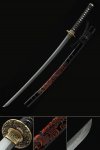 |
Handmade Japanese Katana Sword Damascus Steel Full Tang With Black Scabbard |
Overall experience, ok. Shipping box looked like someone took a sword to it (torn, ripped, dented); sturdier material should be used. Ok sword (you get what you pay for) but blade collar (Habaki) and guard (Tsuba) are loose. Wasn't expecting a battle-ready, high end piece, but shouldn't have loose parts.
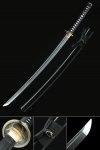 |
Handmade Katana Sword Damascus Steel With Black Scabbard |
Whether it was actually Japanese hands made it or not it is a well put together Cortana sword
 |
Handmade Japanese Katana Sword T10 Folded Clay Tempered Steel With Black Scabbard |
I ordered a Katana and a sword stand. However, the sword stand couldn't deliver which was unfortunate but it was made transparent to me with an immediate refund. The quality of the sword is really nice for the price. The shipping costs were unknown until after the purchase, which would have been nicer to know beforehand. For the rest, very nice quick response times :)
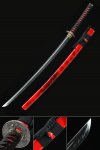 |
Handmade Japanese Sword T10 Folded Clay Tempered Steel With Red Scabbard |
well the tsuba is kinda loose but other than that it’s really good and when i get money ill probably buy something else from yall
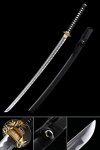 |
Handmade Japanese Katana Sword With Black Scabbard |
Great overall, arrived super fast! However, I don't know if it was meant like that, but the blade would often hit the scabbard when drawing or sheathing and when sheathing, the fit it a little too tight. Aside from those tiny issues, the blades were crafted very well !
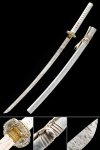 |
Handmade Japanese Katana Sword With White Blade And Scabbard |
This is katana is extremely beautiful and well made! Would recommend to anyone interested in looking for one! Very great craftsmanship and I can only imagine the time and effort put into this masterpiece!
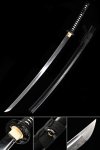 |
Handmade Japanese Katana T10 Carbon Steel Hand Forged With Black Scabbard |
Amazing Katana!r
r
Beautifully built and quite sturdy. It is very sharp and cuts right through anything you cut with it. Would recommend.
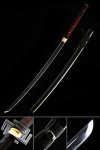 |
Handmade Bleach Kurosaki Ichigo Bankai Tensa Zangetsu Anime Katana Swords |
Man this thing is beautifully made! This is my first True Katana. I have hade my eyes on this one for a while and it is awe-inspiring to hold. It brings me comfort having it.
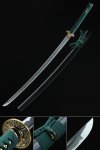 |
Handmade Japanese Sword 1045 Carbon Steel Full Tang |
Excellent product quality. Quick delivery. would definitely order again. r
r
Neil
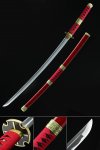 |
One Piece Roronoa Zoro Sandai Kitetsu Katana Samurai Sword Replica With Red Scabbard |
At first the katana its hard to take out from the scabbard so need to trim a little bit in the inside to loosen a bit. Then the piece of wood that is holding the sageo in the scabbard fell off. But all in all the katana is sharp. Good balance of the blade and when you swing the blade it makes a hacking sound, and what I like is the hamon of the blade with a wave like pattern.
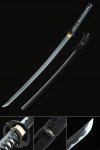 |
Handmade Japanese Katana Sword 1060 Carbon Steel With Black Scabbard |
Very well made. r
The Tsuba is a bit thinner than I expected, but that is not necessarily a problem. r
I also note that the balance point is about 5 inches forward of the Tsuba - a bit farther forward than most. It works for me as the sword handles quite well.
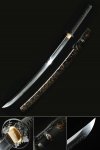 |
Handmade Japanese Katana Sword T10 Folded Clay Tempered Steel With Silk Thread Scabbard |
At first I was a tad bit skeptical due to previous reviews talking about parcel damaging but when arrived it was in amazing condition and looks genuinely amazing. It's not to heavy nor to light and it is genuinely sharp. Would really recommend compared to other websites. WILL BE BUYING AGAIN
 |
Handmade Japanese Katana Sword With Black Scabbard |
The product looked great! I only wish there was an option to engrave the blade and/or scabbard.
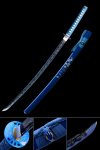 |
Handmade Japanese Samurai Sword 1045 Carbon Steel With Blue Blade And Scabbard |
Bought this sword for my brother for his birthday. He loves it! It's light and the weight is well balanced. Everything about this sword from the design to the feel is good
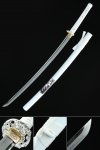 |
Handmade Japanese Katana Sword T10 Folded Clay Tempered Steel With White Scabbard |
It's beautiful. I'm definitely getting another and if inscribing it is an option I'll absolutely choose to do that!
 |
Handmade Japanese Katana Sword Damascus Steel With Black Scabbard |
Pictures don’t do this sword justice, looks amazing in person and is pretty sharp. 10/10
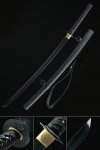 |
Handmade Japanese Obsidian Katana With Black Blade And Strap |
This was a gift for my husband and he loved it! He now has all three of Zoro's katanas! Would recommend.
 |
One Piece Roronoa Zoro Sandai Kitetsu Katana Samurai Sword Replica With Red Scabbard |
Sword was excellent but the ups postage was very high r
Thanks
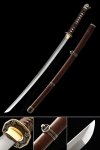 |
Wwii Japanese Type 98 Army Shin Gunto Officer’s Sword |
Swords are great. Website not so much, we struggled using the form of payment we wanted it forced us to use PayPal. Website is horrible.
 |
One Piece Roronoa Zoro Sandai Kitetsu Katana Samurai Sword Replica With Red Scabbard |